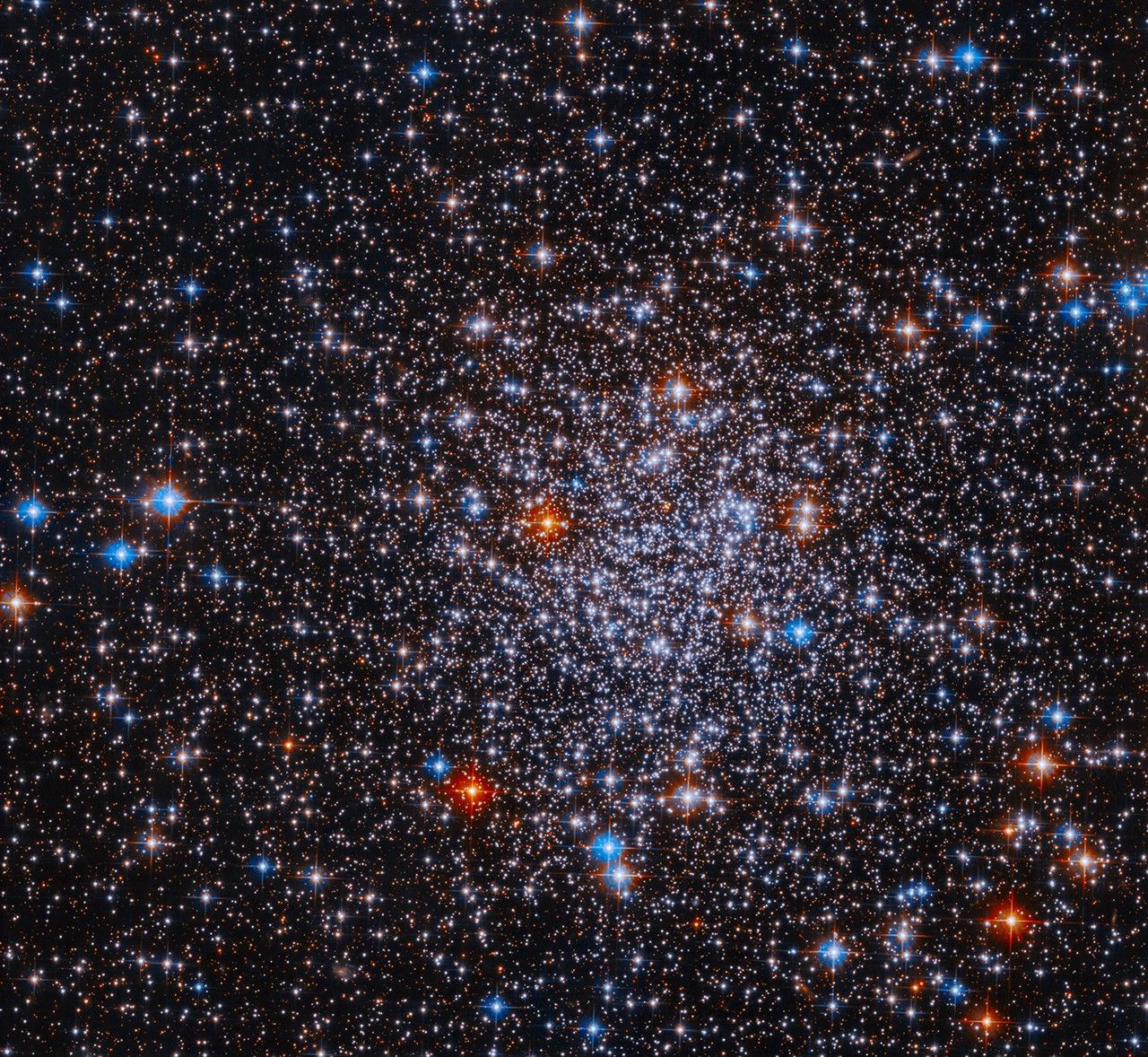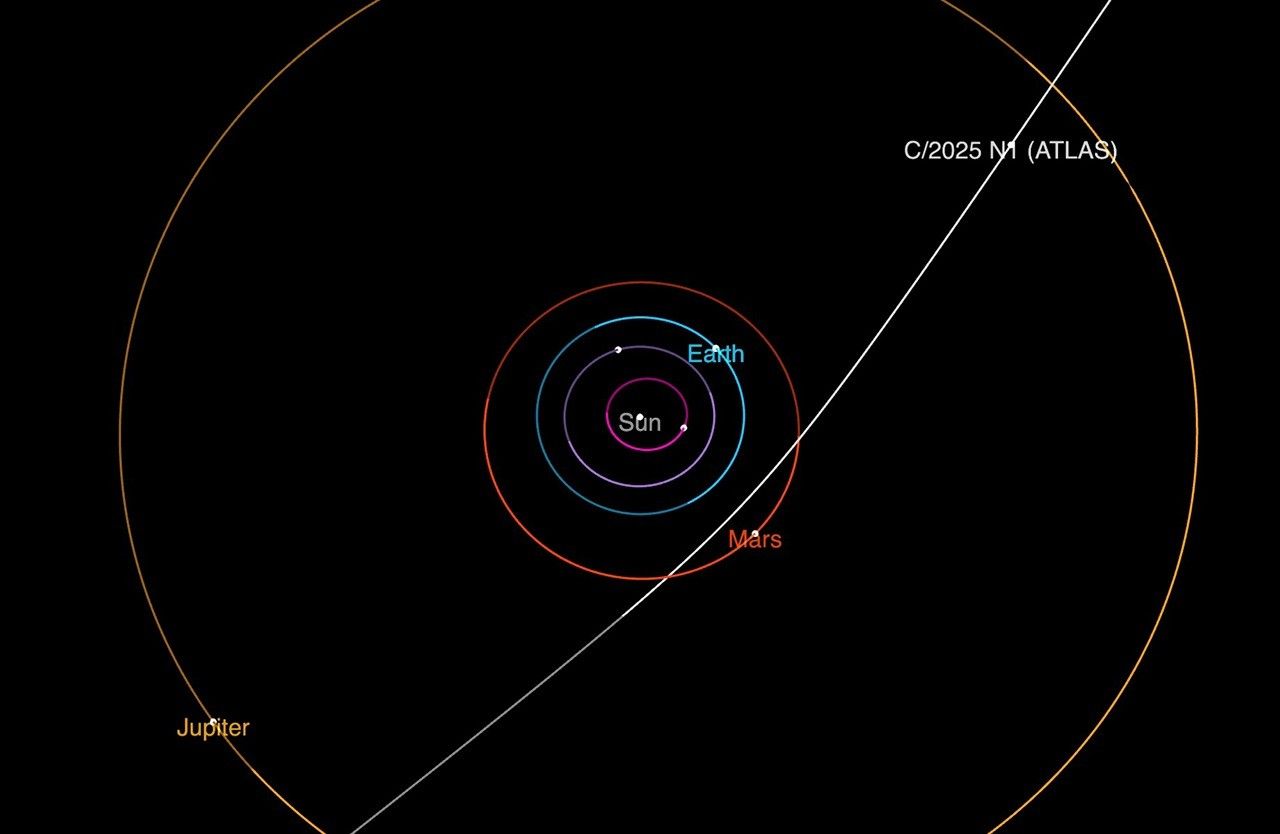Featured News

Discovery Alert: Scientists Spot a Planetary Carousel

NASA Mission Monitoring Air Quality from Space Extended

Hubble Observations Give “Missing” Globular Cluster Time to Shine

NASA Advances Pressure Sensitive Paint Research Capability
What’s Up?
This month, skywatchers have the opportunity to view Mars in the evening, Venus and Jupiter in the morning, and the eagle constellation, Aquila, high in the sky.
Skywatching HighlightsSolar System Exploration
Today
Image Of The Day
Old Glory on the Red Planet
This close-up view of the United States flag plate on NASA’s Perseverance was acquired on June 28, 2025 (the 1,548th day, or sol, of its mission to Mars), by the WATSON (Wide Angle Topographic Sensor for Operations and eNgineering) imager on the turret at the end of the rover’s Mars robotic arm.
More NASA Images
Explore the Universe from your Inbox
Stay up-to-date on the latest news from NASA–from Earth to the Moon, the Solar System and beyond.
We will never share your email address.

Earth Information Center
Explore our changing planet
For more than 50 years, NASA satellites have provided data on Earth’s land, water, air, temperature, and climate. NASA’s Earth Information Center allows visitors to see how our planet is changing in six key areas: sea level rise and coastal impacts, health and air quality, wildfires, greenhouse gases, sustainable energy, and agriculture.
Earth Science about Explore our changing planet

















































